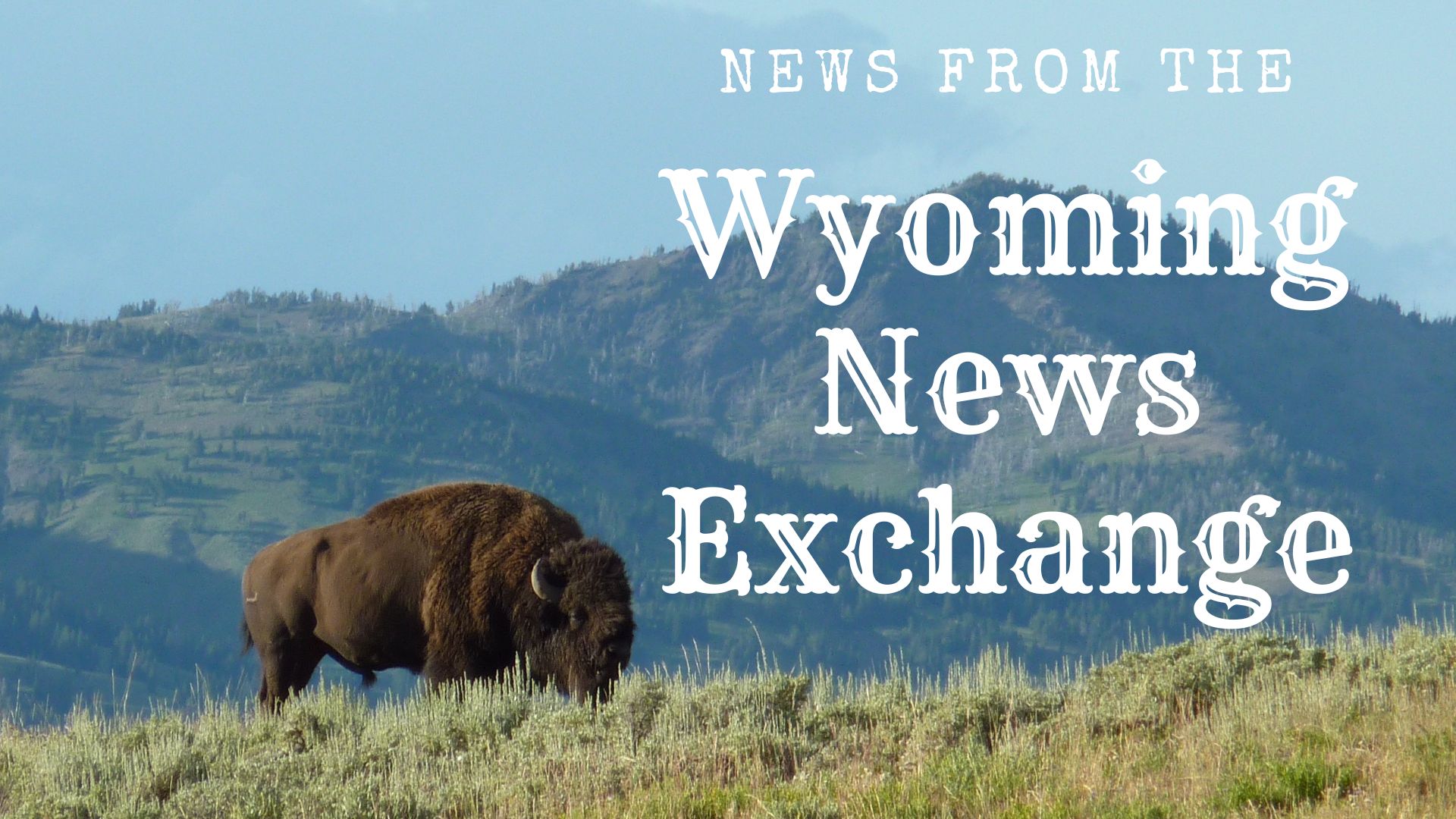EMS director: recent bills just a start to solving Wyoming problem

SARATOGA — The Wyoming State Legislature passed two senate bills aimed at incentivizing the recruitment and retention of volunteers for emergency medical services (EMS) this session, but neither address the need for a revamp in the reimbursement system that financially supports the service.
The local director of South Central Wyoming Emergency Medical Service based in Saratoga, Stayton Mosbey, said these bills are “small steps in the right direction – everything that helps to attract someone to volunteer is worth it.”
However, Mosbey said, there is another more pressing issue.
“The biggest thing for us is reimbursement,” he said. “We have got to find a more effective way to reimburse EMS.”
As previously reported by The Sun, Medicare and Medicaid reimbursement maximums—or caps—do not cover the entire bill. EMS is highly costly to operate from the standpoint of equipment.
“The [reimbursement] system—it’s broke (sic),” he said. “We can incentivize with health insurance, but it doesn’t address the fact that we are running on razor thin [financial] margins.”
Asked if the State Legislature has a plan to address that issue, he said: “I haven’t heard much movement there.”
Besides reimbursement, the other big issue is getting enough volunteers to supplement the staff positions. These two bills address that.
In recent years, some emergency medical services in Wyoming have struggled to stay in business, as previously reported in The Sun.
According to Dirk J. Dijkstal, Health Readiness and Response Section Chief for Wyoming Department of Health, at least 11 agencies have been replaced by another, consolidated or closed their doors since 2015.
Emergency medical services in the rural areas rely on some volunteers to staff their operations, Dijkstal said.
SF0003, sponsored by the Joint Labor, Health & Social Services Interim Committee, reads, “Every state officer and employee shall receive up to twenty-four (24) hours of leave with pay during each calendar year to use when the state officer or employee is absent from work due to service as a volunteer firefighter or volunteer emergency medical technician in the state of Wyoming.”
SF0008, sponsored by the same committee, reads, “Volunteer firefighters, emergency medical technicians and volunteer search and rescue persons may elect to participate in the state employees’ and officials’ group insurance plan... These volunteers are eligible to enroll in the group insurance plan …after initially volunteering for ninety (90) days. After the ninety (90) day period is over, the volunteer shall have thirty-one (31) days to enroll in the group insurance plan.”
House District 43 Representative Dan Zwonitzer, chairman of the Joint House Labor, Health & Social Services Interim Committee, said finding a way to incentivize people to become EMS volunteers was a topic the committee discussed in 2023.
The committee’s findings concluded that rural EMS has a “serious shortage of volunteers” and that the trend is increasing, Zwonitzer said.
During the interim, the Wyoming EMS Association developed 24 ideas on how to solve the problem, 10 of which the committee pursued, he said. Ultimately, that number was reduced to five different bills.
The governor signed SF0003 on March 4 and SF0008 on March 7 and both go into effect July 1, he said in an email.
“We hope to gain more rural volunteers for EMS and retain the volunteers we have,” Zwonitzer said.
The bill that allows EMS volunteers to join the state group insurance plan, SF0008, is an important incentive, he said. Health insurance, especially in rural Wyoming, is expensive, he said. Also, volunteers can put their entire families on this state insurance plan.
“The state plan is a huge cost savings,” Zwonitzer said.
The other bill, SF0003, which provides state employees up to 24 hours of leave with pay, also allows volunteers to use these hours to attend training.
Zwonitzer said the committee had an interim meeting in Saratoga and talked to paramedics and nurses who volunteer for the local EMS. In Saratoga, the committee heard how hard it is to recruit and retain volunteers for EMS, Zwonitzer said. Many of the existing volunteers are “aging out” and it is difficult to recruit young people to volunteer in small towns.
“Some places in Wyoming are losing their population,” which is happening “fairly rapidly,” he said.
In general, volunteerism and membership in charitable and civic organizations is on the decline, Zwonitzer said.
Wyoming is losing young people to better paying jobs out-of-state. Some are going to Colorado.
Wyoming doesn’t have enough people to take the paid jobs, said Zwonitzer.
“Getting volunteers is even tougher,” he said.
Wyoming has a shortage of healthcare workers in general, he added.
Mosbey said he has not read a release yet on the cost of joining the state plan.
“If the [incentives] attract one of two people to the organization, I think it is awesome,” he said. “The state is kind of taking the first step and being a role model and my hope is
other organizations will follow that lead.”
“Carbon County School District No. 2 has been amazing in letting their employees leave their jobs to come help us [as volunteers] when needed,” he said. Sometimes SCWEMS has multiple calls and this has been helpful. “They have been very supportive of that.”
He said SCWEMS has 18 emergency medical technician volunteers, four full-time staff and several volunteer drivers for a total of 27 volunteers.
“We cover 4,500 square miles of Wyoming, which is the size of some small states,” Mosbey said.
The Wyoming EMS Association did not respond to a request for comment.
This story was published on March 22, 2024.








